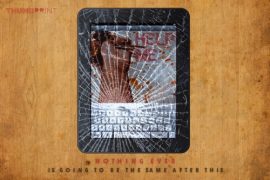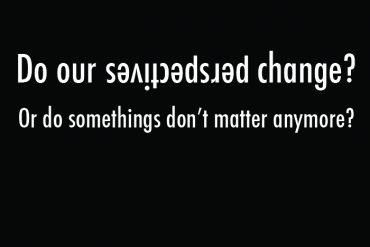 by Iman Ben Chaibah (@ImanBenChaibah)
by Iman Ben Chaibah (@ImanBenChaibah)
Social Media (SM), a term some people think of as “worn out” and abused because of the constant reference to it. To be honest, I felt the same when asked to write about it. However, it appears that this term seems exhausted for those who are in it the most, yet unheard of to many people out of this domain. So in this article, we will talk about Social Media itself, its main categories, some statistics, reality stories, and finally the business side of it.
Many websites define social media; a summary in a nutshell is the following. Social media is any sort of media or content, be it text, audio, picture, video, etc. The special aspect about this media content is that regular people produce it rather than institutes, and it revolves around social interactions. Another main asset of SM is that it builds on the ability of multidirectional communication between content creators and viewers, therefore, creating and co-creating value.
SM is divided into many categories, each is amazingly resourceful in its own way, and the main ones are:
- Publishing, often referred to as blogging, examples: Blogger and WordPress.
- Social networking; facebook and LinkedIn
- Video sharing; YouTube
- Micro-blogging; twitter and posterous
- Photo sharing; flickr
- Social news; digg and reddit
- Social bookmarking: delicious
Individuals who are savvy in a certain category tend to think their category is the most used. Statistics shift around very frequently; Currently, the records according to Google’s top 1000 visited sites for April 2010 show that facebook (social networking) ranks first of SM with around 570 Billion visits. Followed by YouTube (video-sharing). After that comes different publishing websites, then micro-blogging and the rest of the list follows. It is very interesting to examine different demographics and their different usage patterns to different SM categories.
There are so many statistics and observations that are derived on the different SM consumption of different demographic groups. Here are some: According to a certain report, in MENA region, there are 55,000 twitter users compared to 15,000,000 facebook users (which is less than 1%). On average, the majority of facebook users are 35-55 years old, while the majority of twitter users are 25–35 years old.
Now, I am sure non-SM consumers are wondering what is in it for them, and if they are really missing out anything by not taking part of it. So here are some reality stories on SM.
- When the Haiti earthquake hit in January 2010. “Doctors without borders” could not get planes to land in the area to proceed with their rescue mission. One of the members posted on twitter that frustration, and in no time the message reached the right people, and the needed support was given to enable them to proceed with their rescue mission.
- When the typhoon hit Philippines in 2009, the community needed support and abroad relatives were aching for updates. Traditional media can broadcast certain parts but would not give live updates on personal levels. Different categories of SM were leveraged collaboratively for communication and getting the support. This was achieved via: updating statues through facebook and twitter, locating individuals and major issues through Google maps, videos of the crises through YouTube, and publishing the detailed stories and cases through blogging. These sorts of updates and support could not have possibly reached this timely with any other medium.
SM can also be a great help for businesses in so many ways. SM can be a very economic and consumer friendly way to get the right public relationship penetration, and get customized marketing campaigns to a very segmented market groups. SM also assists business to communicate with their customers, receive their prompt feedback and reviews, leading the customers to belong to that company and take an active part in marketing it on SM as well. This cannot be ignored by businesses, because if the right strategies are in place, the gain of investing in SM can be repaid in terms of customer loyalty and revenue in no time.
SM had bridged gaps between family and friends who may have fallen out of touch because of distances, it broke down so many boundaries between people, liberated and democratized so many thoughts, connected people of the same interests who would have never met in real life, kept many individuals up-to-date with so many news especially about actual communities, and finally brought so much values and revenues to businesses who leveraged on them.
SM is not a passing trend or a fad. I tend to believe that it is more of an irreversible shift and evolution in communication. Its one of those shifts that we do not step back from, instead, we build on and integrate them as parts of our daily lives.
Here We start – Think Aloud – Interview – Blunder of a Wannabe Entrepreneur – Society of Tomorrow – Spotlight




Very well written and enriching article. I actually used to consider Facebook and twitter as social media, YouTube as entertainment, and Linkedin as business network.
Thanks for the eye opening information.
Thank you for reading it and your feedback Sara 🙂
Regards,
Iman
it's true!! totally irreversible shift, i once tried to deactivate my facebook account but i just couldn't bear the thought of being socially insulated, it's definitely not a trend. excellent article. keep up the good work dear.
regards
Check with your doctor immediately if you develop a rash, fever, flu-like symptoms, or swollen glands, or if your seizures becomes worse. ,